Table of Contents
Concept of Sanskritization:
The spate of village studies in India brought in its wake a number of useful concepts, models and constructs to understand the structure, and processes of change in the structure of Indian Civilization, primarily based on Redfield’s ideas of civilization great and little communities, and great and little traditions etc. These studies added new dimensions and presented refinements in methodology and techniques for the study of processes of change.
One of the most influential studies of the interrelations between great and little traditions in Indian Civilization is that of M. N. Srinivas. His” Religion and society among the Coorgs of South India” is notable not only as a monograph on Coorg society and religion but even more for its analysis of Sanskritization as the process whereby the Coorgs have been integrated into Indian Society and Culture.
As explained by Srinivas, Sanskritization refers to a specific kind of cultural mobility that brings groups outside of Hinduism into the fold and raises the cultural status of groups already in it. This mobility takes place within the framework of the caste system i.e. non-Hindu groups are Hinduized by becoming castes and lower castes rise to the cultural status of the higher castes, by adopting beliefs, practices and values of Sanskritic Hinduism represented by the lifestyle of the Brahmins. Srinivas believes that not only have many groups thus Hinduized themselves in a generation or two, but that process is responsible for the spread of Sanskritic ideals throughout the sub-continent and also to the remotest hill tribes.
In Srinivas Conception, Sanskritic Hinduism includes teetotal principles, vegetarianism, wearing of sacred-thread, prohibition of widow remarriage, acceptance of varnashrama system and belief in karma and rebirth, the performance of life cycle rites by using Vedic Mantras with the help of Brahmin priests etc. This is a model style of life and provides a standard and measure for the unity and persistence of Indian Civilization. This model style of life, moreover, approximates the great traditional dimension of Indian civilization and act as an ideal code of conduct for any aspirant wishing to be included, and accorded a respectable place, within the Hindu fold.
Further researches by Srinivas himself and other anthropologists have resulted in some revisions and generalization. Some scholars have objected to the term Sanskritization as it is inappropriate for the various processes now connoted by it. The concept has not been invalidated, but the conditions and scope of its operations have been made precise.
It has been found that all Sanskritizing groups do not adopt all the elements of Sanskritic Hinduism as mentioned above and many fall far short of it in their daily practice. They may prohibit widow remarriage, identify with one of the Varna, employ a Brahmin Purohit, use a sacred thread, but many not give up meat eating and alcohol drinking. Some may not even accept discrepant behaviour and by citing Vedic references will claim that they are indeed conforming to a Sanskritic model where drinking, gambling, meat eating are sanctioned.
Different Models of Sanskritization:
The above anomaly is explained by the fact that the Brahmanic lifestyle is not the only model sanctioned by Sanskritic Hinduism or aspired to. In fact, it is the Varna Model that is presented and chosen from Brahmin Model, Kshatriya Model and Vaishya Model. The defining contents of these models vary with locality, and the local version of “Sanskritic Hinduism”. In many areas for example the martial lifestyle has a rank equal to sometimes even higher than, the Brahmins. Groups in these areas who wish to improve their status do so by adopting the lifestyle of Rajputs by Rajputizing their lifestyles. Those who are engaged in some sort of business or trade find it easier to adopt the Vaishya Model.
It is thus clear that the model for Sanskritization is not always the Brahmins, as originally envisaged by Srinivas but maybe the local Dominant Caste and the choice depends upon the local definition of the varna attributes.
Contradictions to the Concept of Sanskritization:
The group aspiring to Sanskritize itself may find itself adopting many “retrograde” measures, particularly the position of women. The lower caste women enjoy higher status within their own castes in comparison to their higher caste counterparts. They enjoy freedom in selecting their life partner, divorce is permitted, widow remarriage is allowed. All these tend to be curtailed in order to become “Sanskritized”.
In modern India many lower castes have achieved higher education, economic prosperity and political power, claim higher status and prestige by virtue of their being “powerful” but at the same time, they fight strongly to retain their “weaker section” status to take advantage of concessions and special reservations. There appears to be a clear conflict between sanctions of Sanskritic Hinduism and sanctions of the Constitution.
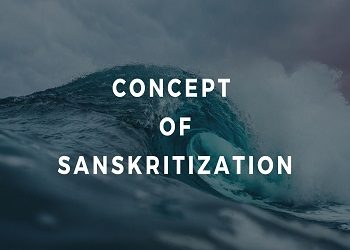
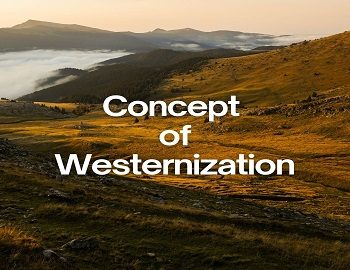
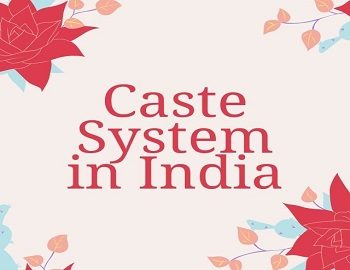
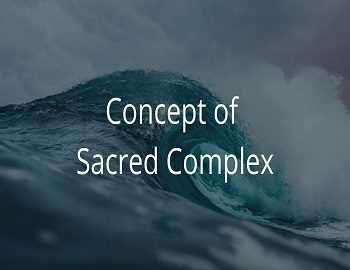
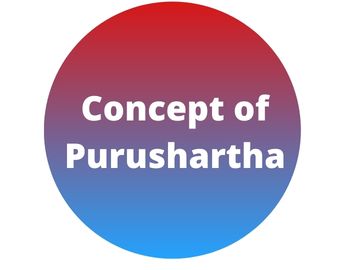

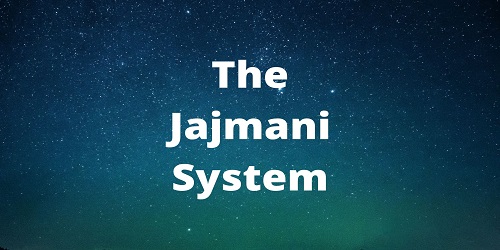
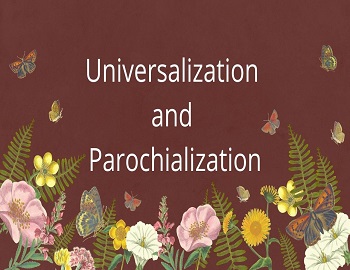
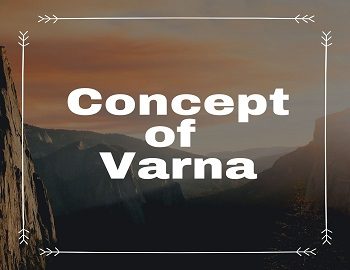
Comments (No)